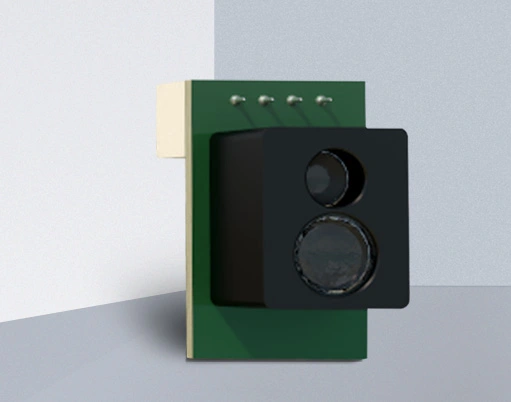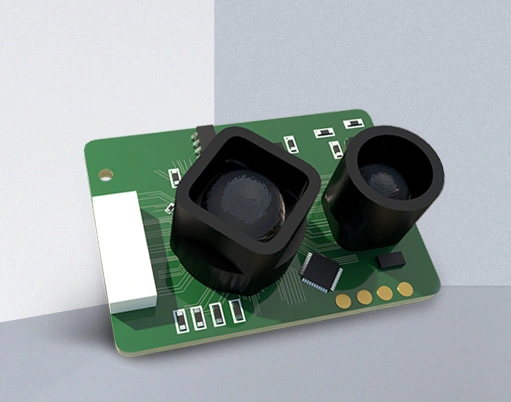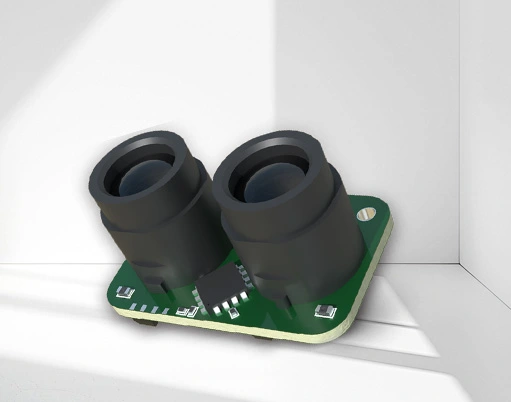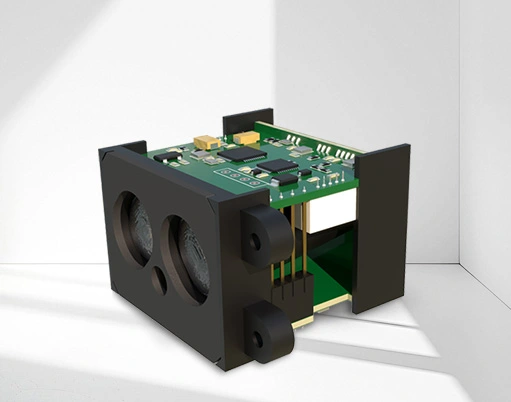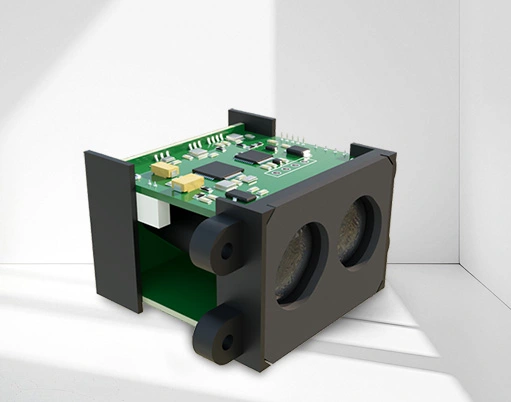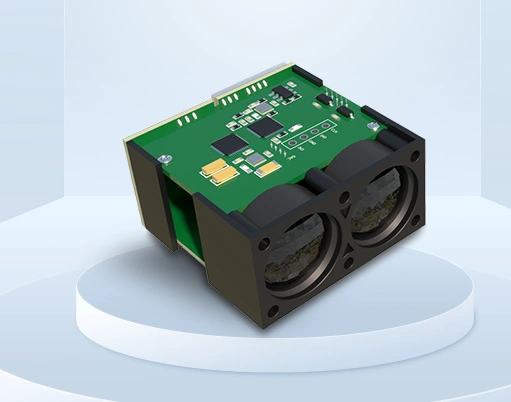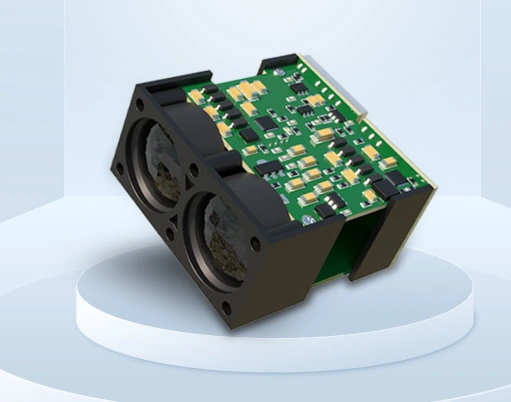
In the fields of industrial automation and intelligent devices, laser displacement sensors have become an ideal choice for many measurement scenarios due to their high precision and non-contact measurement advantages. And its excellent performance cannot be achieved without the collaborative work of internal core components. So, what are the core components of laser displacement sensors? Below we will reveal each one for you.
Laser displacement sensor
Laser emission unit
The laser emitting unit is a component of the laser displacement sensor; Light Source Heart "; It is mainly composed of a laser and a collimating optical system. Laser, as the core light-emitting device, commonly includes semiconductor lasers, solid-state lasers, etc. Semiconductor lasers are widely used in laser displacement sensors due to their advantages such as small size, low power consumption, and moderate cost. It excites semiconductor materials by injecting current, generating stimulated radiation light. The collimating optical system is like a "; Commander of Light "; Composed of lenses and other components, its function is to collimate the divergent beam emitted by the laser, making it a laser beam with high directionality and parallelism, ensuring that the laser can accurately project onto the measured object, laying the foundation for subsequent measurements.
Optical receiving unit
The optical receiving unit is a sensor that receives reflected light from the object being measured; Eyes "; It mainly includes a receiving lens and a photodetector. The receiving lens is responsible for collecting the laser signal reflected back from the measured object. Its design needs to consider optimizing the optical path to gather as much reflected light as possible and improve the signal strength. Photodetectors are key components that convert optical signals into electrical signals. Common ones include avalanche photodiodes (APD), photomultiplier tubes (PMT), etc. Taking avalanche photodiodes as an example, they have the characteristics of high sensitivity and fast response, and can convert weak optical signals into detectable electrical signals, providing strong support for subsequent signal processing.
Signal Processing Unit
The signal processing unit is a laser displacement sensor; Brain "; It undertakes the important task of processing and analyzing electrical signals. It mainly includes analog-to-digital converters (ADCs), digital signal processors (DSPs), or microprocessors (MCUs). The analog-to-digital converter converts the analog electrical signal output by the photodetector into a digital signal for processing by a digital signal processor or microprocessor. Digital signal processors or microprocessors use complex algorithms to filter, amplify, and calculate digital signals, ultimately obtaining information such as displacement and distance of the measured object. For example, by calculating the time difference between laser emission and reception, combined with the speed of light, the distance between the measured object and the sensor can be accurately calculated.
Angle measurement unit (available for some types of sensors)
In some laser displacement sensors that use the principle of triangulation, the angle measurement unit is indispensable. It is usually composed of angle sensors or imaging systems. Taking the imaging system as an example, when the laser is projected onto the object being measured, the reflected light forms a spot on the imaging device (such as charge coupled device CCD or complementary metal oxide semiconductor CMOS) through the receiving lens. By detecting the position change of the light spot on the imaging device and combining it with known optical geometric relationships, the displacement or angle change of the measured object can be calculated. The accuracy of the angle measurement unit directly affects the measurement accuracy of the entire sensor and is an important guarantee for achieving high-precision measurement.
Mechanical structure and packaging components
Although the mechanical structure and packaging components may not appear to be like electronic components; Core "; But they are the foundation for stable sensor operation. The mechanical structure needs to ensure the relative positional accuracy of components such as laser emitting units and optical receiving units, and ensure the stability of the optical path. Encapsulated components should have good protective performance, able to resist external interference such as dust, moisture, vibration, etc., protect internal components from damage, and extend the service life of sensors.
These core components cooperate and work together to form the core competitiveness of laser displacement sensors. The laser emitting unit provides a stable light source, the optical receiving unit accurately captures the reflected light signal, the signal processing unit performs precise calculations and analysis, the angle measuring unit (if any) implements complex measurement principles, and the mechanical structure and packaging components ensure the stable operation of the sensor. It is precisely because of the high-precision design and optimized combination of these core components that laser displacement sensors can play an important role in industrial detection, intelligent equipment, scientific research experiments, and other fields, providing reliable technical support for precise measurement.
With the continuous advancement of technology, the core components of laser displacement sensors are also constantly innovating and developing. In the future, higher performance and more intelligent components will be applied to sensors, promoting the wider application of laser displacement sensors in more fields

























